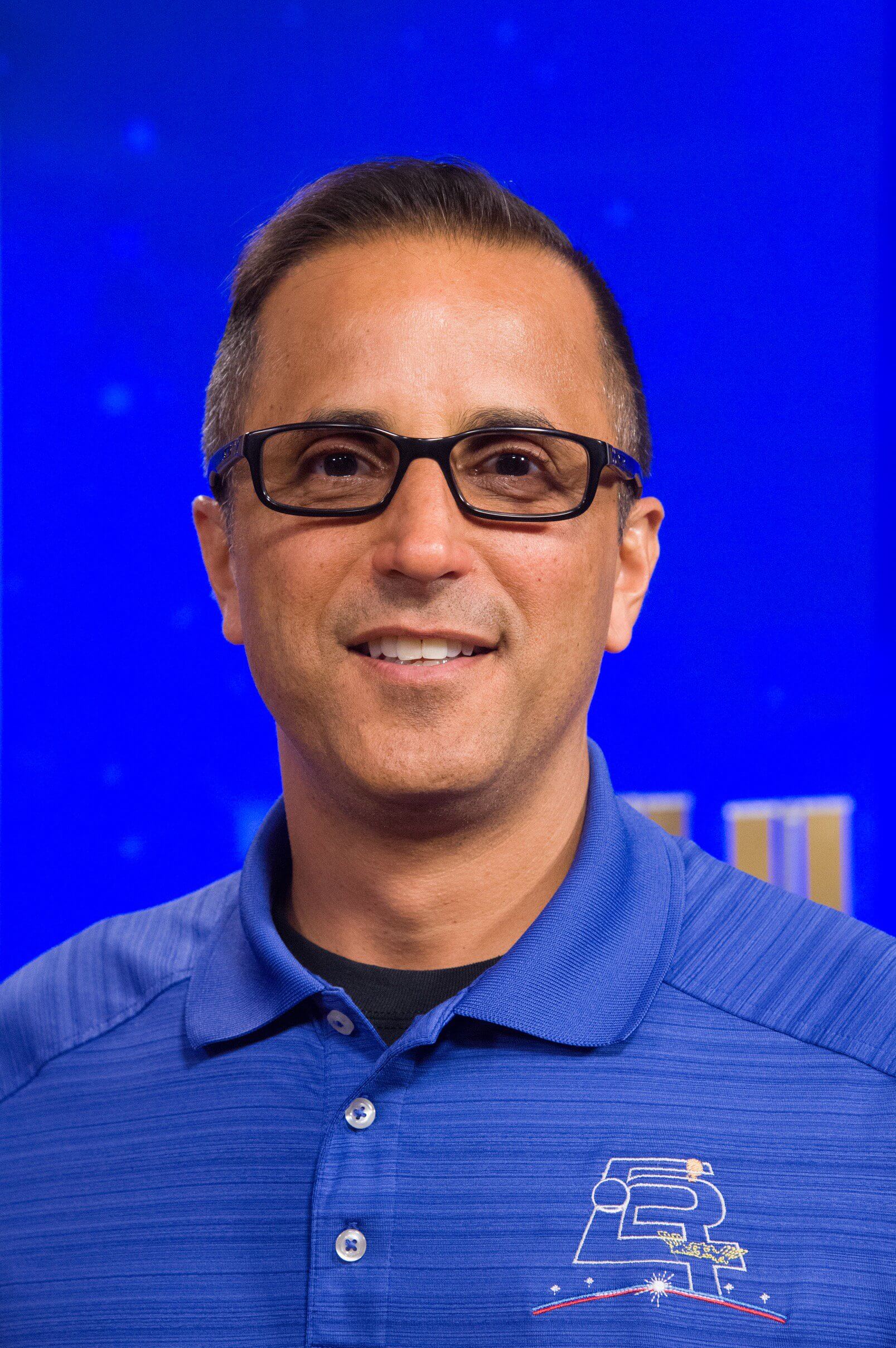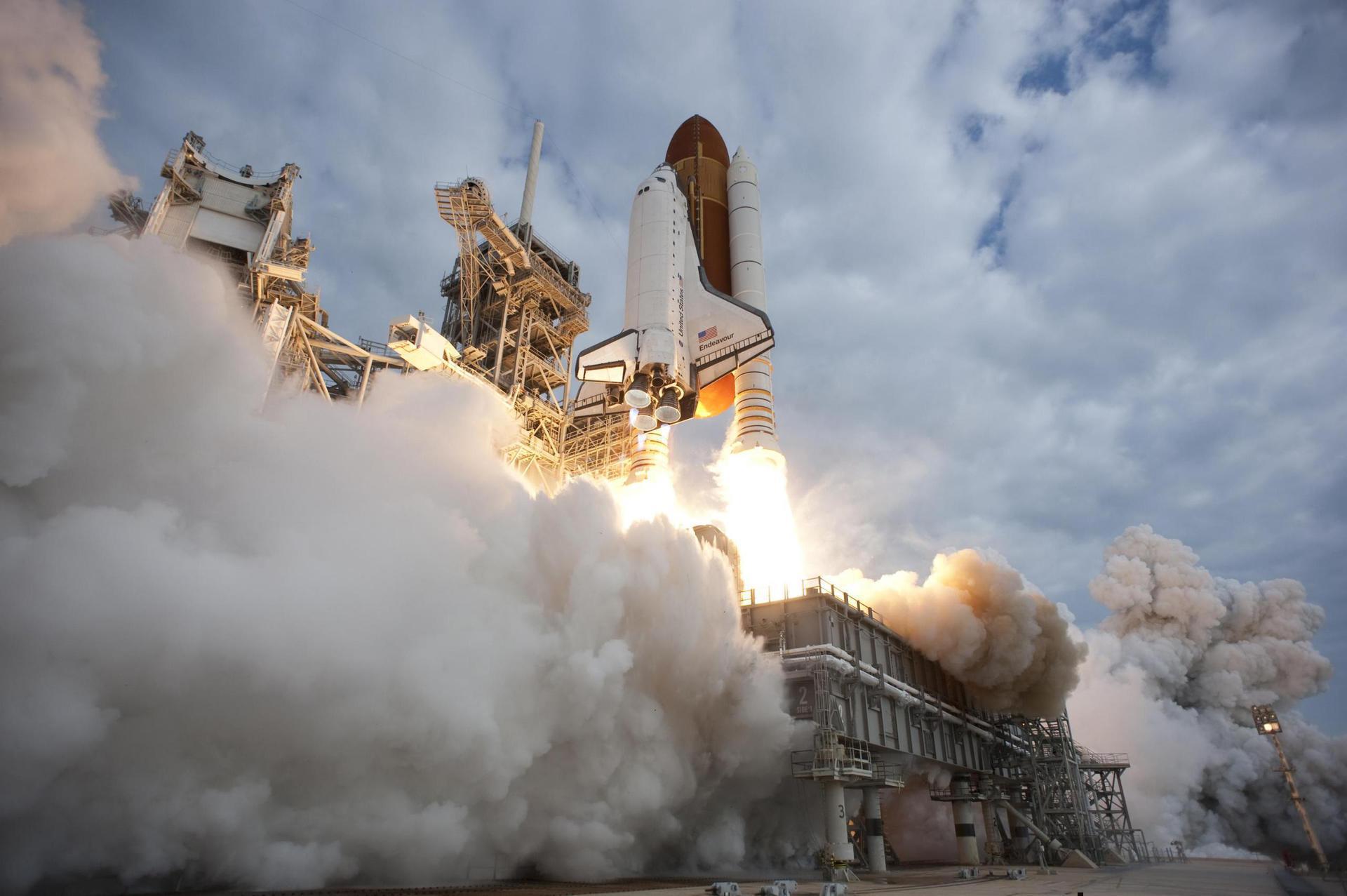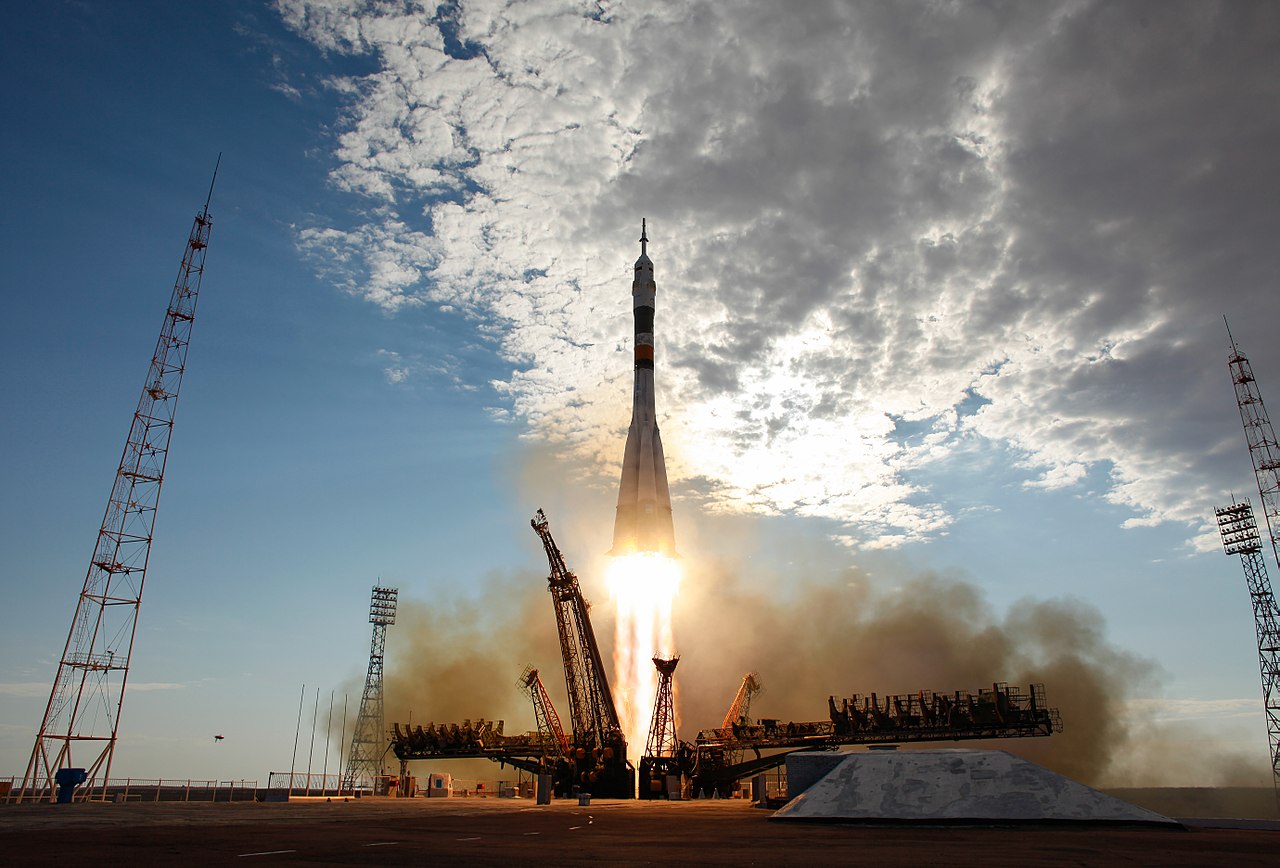Joseph M. Acaba
American - (NASA)
Active
Date of Birth: May 17, 1967
Age: 58
Joseph Michael "Joe" Acaba is an American educator, hydrogeologist, and NASA astronaut. In May 2004 he became the first person of Puerto Rican heritage to be named as a NASA astronaut candidate, when he was selected as a member of NASA Astronaut Training Group 19. He completed his training on February 10, 2006 and was assigned to STS-119, which flew from March 15 to March 28, 2009 to deliver the final set of solar arrays to the International Space Station. Acaba served as a Flight Engineer aboard the International Space Station, having launched on May 15, 2012. He arrived at the space station on May 17 and returned to Earth on September 17, 2012. Acaba returned to the International Space Station in 2017 as a member of Expedition 53/54.
Space Shuttle Discovery / OV-103 | STS-119
National Aeronautics and Space Administration | United States of AmericaKennedy Space Center, FL, USA
March 15, 2009, 11:43 p.m.
Status: Success
Mission:
STS-119 (ISS assembly flight 15A) was a space shuttle mission to the International Space Station (ISS) which was flown by Space Shuttle Discovery during March 2009. It delivered and assembled the fourth starboard Integrated Truss Segment (S6), and the fourth set of solar arrays and batteries to the station.
Low Earth OrbitSoyuz FG | Soyuz TMA-04M
Progress Rocket Space Center | RussiaBaikonur Cosmodrome, Republic of Kazakhstan
May 15, 2012, 3:01 a.m.
Status: Success
Mission:
Soyuz TMA-04M begins expedition 31 by carrying 3 astronauts and cosmonauts to the International Space Station. Russian Commander, cosmonaut Gennady Padalka alongside Flight Engineers, Sergei Revin (RSA) & Joseph M. Acaba (NASA) will launch aboard the Soyuz spacecraft from the Baikonur Cosmodrome in Kazakhstan and then rendezvous with the station. It landed on 17 September 2012, 02:53 UTC
Low Earth OrbitSoyuz-FG | Soyuz MS-06
Progress Rocket Space Center | RussiaBaikonur Cosmodrome, Republic of Kazakhstan
Sept. 12, 2017, 9:17 p.m.
Status: Success
Mission:
Soyuz MS-06 begins expedition 53 by carrying NASA astronauts Mark Vande Hei, Joseph Acaba and Roscosmos cosmonaut Alexander Misurkin to the International Space Station. After launching from the Baikonur Cosmodrome in Kazakhstan, they will rendezvous to the station where they will remain for their 6 month stay.
Low Earth OrbitThe National Aeronautics and Space Administration is an independent agency of the executive branch of the United States federal government responsible for the civilian space program, as well as aeronautics and aerospace research. NASA have many launch facilities but most are inactive. The most commonly used pad will be LC-39B at Kennedy Space Center in Florida.
Long March 12A
Demo Flight
Long March 12A Pad - Jiuquan Satellite Launch Center, People's Republic of ChinaFirst test launch of CASC/SAST’s Long March 12A rocket, with a dummy payload. The rocket’s 1st stage attempted to land on a landing pad about 300 km …
HANBIT-Nano
Spaceward
HANBIT Pad - Alcântara Space Center, Federative Republic of BrazilMaiden orbital launch attempt for the South Korean stratup Innospace and its HANBIT-Nano small launch vehicle. Onboard this flight are five small sat…
H3-22
Michibiki 5 (QZS-5)
Yoshinobu Launch Complex LP-2 - Tanegashima Space Center, JapanQZSS (Quasi Zenith Satellite System) is a Japanese satellite navigation system operating from inclined, elliptical geosynchronous orbits to achieve o…
Electron
The Wisdom God Guides (iQPS Launch 6)
Rocket Lab Launch Complex 1B - Rocket Lab Launch Complex 1, Mahia Peninsula, New ZealandSynthetic aperture radar Earth observation satellite for Japanese Earth imaging company iQPS.
New Shepard
NS-37
West Texas Suborbital Launch Site/ Corn Ranch - Corn Ranch, Van Horn, TX, USANS-37 is the 16th crewed flight for the New Shepard program and the 37th in the New Shepard program's history.




